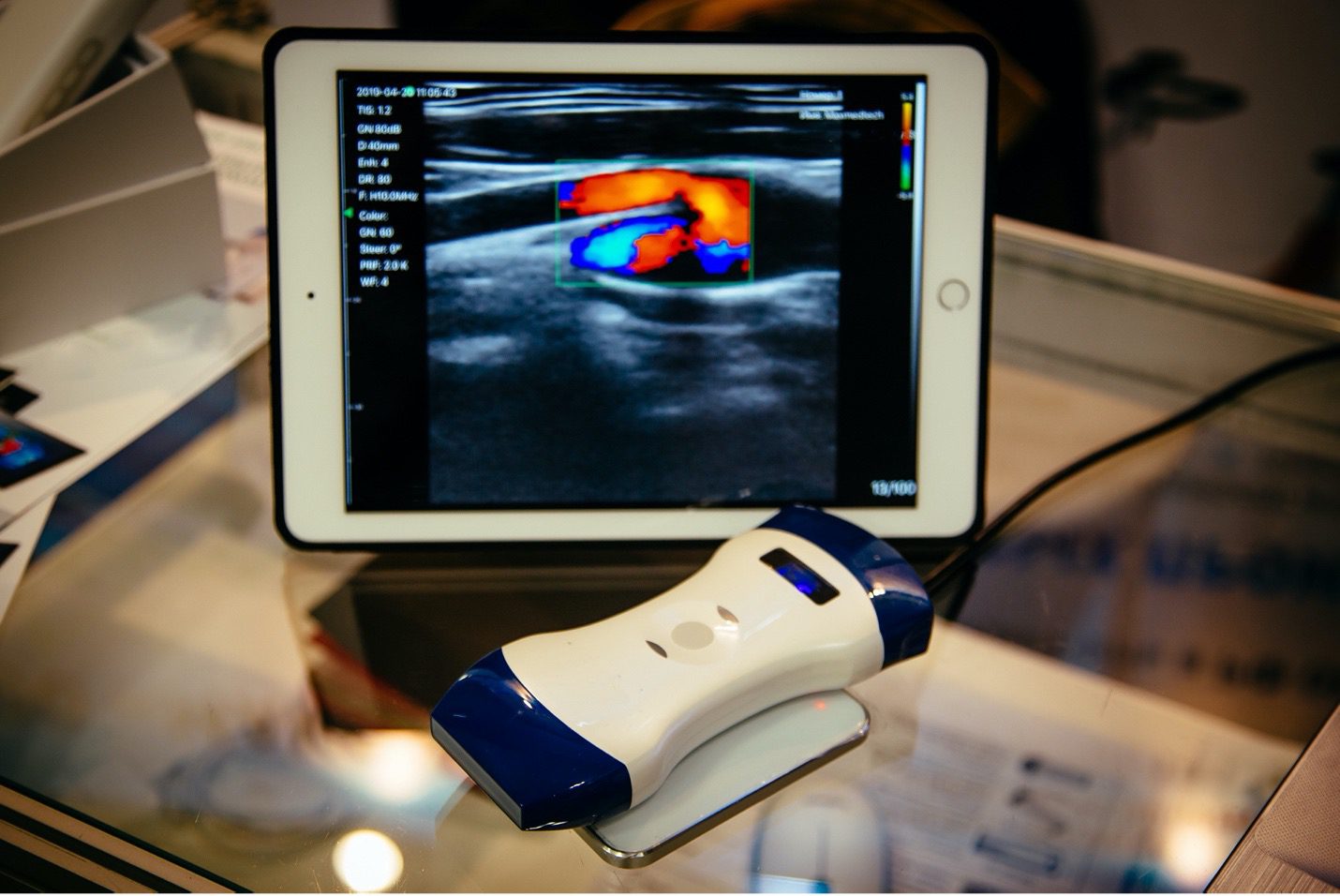
Despite all its benefits, ultrasound has been underutilized as a diagnostic tool for medical purposes. Until now. Handheld ultrasound devices have breathed new life into this valuable diagnostic tool.
To learn about handheld ultrasound, call Great Lakes Imaging. For now, here are three essential FAQs.
What is Handheld Ultrasound?
The hand-held ultrasound device is a compact, lightweight ultrasound that can be carried around. This contrasts with conventional machines, which are often bulky and need to be tethered.
Ultrasound technology uses acoustic pulses to generate sound waves. High-intensity ultrasound can be used to treat wounds, remove kidney stones, and stop tumor growth.
These pulses can be used in many ways, depending on their intensity. Low-intensity ultrasound is used to examine the inside of the body. It works by sending pulses against internal structures and then reading their results.
When performing a procedure that requires an ultrasound, medical professionals used to rely on large ultrasound machines. These machines can be very expensive and require special training.
Field medicine depends on portable, lightweight equipment that can be carried easily by doctors. Doctors can use hand-held ultrasound to take ultrasound into the field, such as in combat situations or rescue operations.
What are the Benefits of Handheld Ultrasound?
The cost of hand-held ultrasound technology can be lower than that of conventional machines. This makes it more affordable for clinics with limited operating budgets. In the developing world, hand-held ultrasound equipment could be donated to a clinic that needs it. Battery-powered devices work even if power is out.
Hand-held ultrasound can also be used for field diagnosis. This allows the doctor to examine the patient and determine if there are any problems. This technology could be used to replace stethoscopes. High-intensity portable devices can be useful in stopping bleeding by being able to cauterize them quickly and safely.
Ultra-sonographers still need special training to interpret and read the images. Untrained doctors could miss a diagnosis, fail to spot a problem, or diagnose a medical issue that is not there.
What is Mobile Ultrasound Useful For?
Because ultrasound can now be transported, it is possible to make it a point of care (POC) diagnostic test. The test can be done at the patient’s side, instead of in a hospital or imaging room. There are many benefits to introducing the handheld ultrasound system, including:
Accuracy in Diagnosis
Studies show that one-third of patients who use a handheld ultrasound device for routine clinical examinations have a diagnosis that has been confirmed or changed. It is essential to use ultrasound devices for diagnostic purposes.
Faster Diagnosis and Treatment
An ultrasound device placed at the bedside facilitates workflow. Not only is it quicker to diagnose but also treatment can be initiated right away. This increases patient outcomes.
Reduction in the Need for Invasive Testing
Peripheral use: When medical camps are conducted in remote areas, or when treatment is being carried out at low-income centers, handheld devices can be extremely useful.
There are many benefits to downsizing ultrasound technology. It can be easily carried around in a doctor’s pocket, or field kit. Also, there are competing designs available from different manufacturers.
Call Great Lakes Imaging for a demonstration, pricing, and more.
